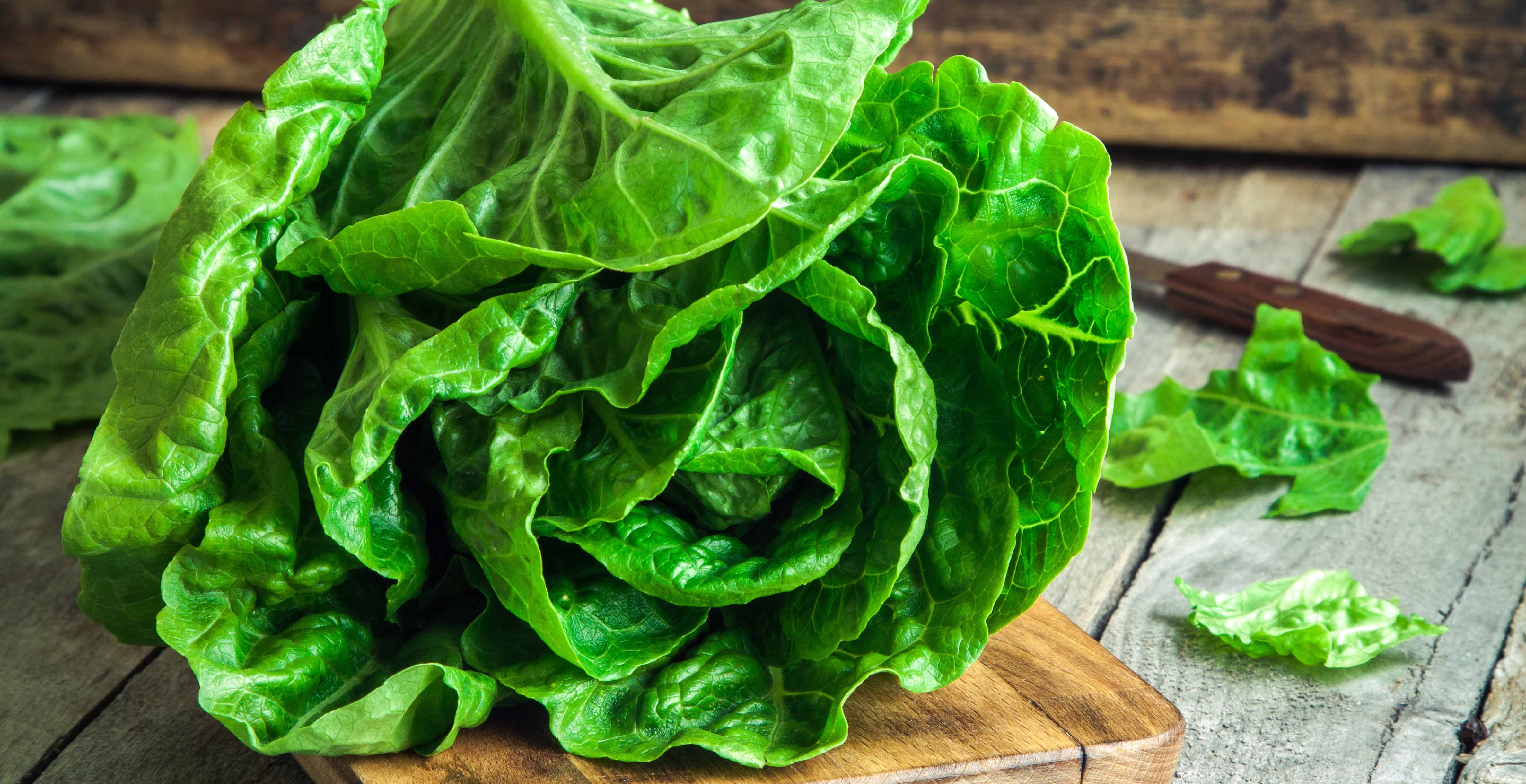Looking at Lettuce


Lettuce doesn’t seem like an important ingredient. It almost always serves as a backdrop for other, more exciting food and often seems like an afterthought rather than an intentional decision. Many people associate lettuce with iceberg lettuce, a type of lettuce which is most often found in limp pre-made salads or shredded and stuffed into fast food sandwiches. It turns out that lettuce has a lot more to offer in terms of taste and versatility as an ingredient. With farmers market season in full swing there’s never been a better time to take a closer look at all that lettuce has to offer.
How to store lettuce
Lettuce is a very delicate ingredient so it’s no surprise many people have been annoyed by its short shelf-life. It’s a frustrating (and potentially expensive) experience buying lettuce only to have it spoil a few days later. Luckily, there are precautions you can take that will extend the life of lettuce to at least a week, sometimes longer, if performed as soon as you bring them home.
- Separate the leaves from the core and wash in cold water (use a salad spinner for this step if you have one). Partially dry the lettuce in a salad spinner or by rolling up the leaves in a clean tea towel and gently massaging.
- While the leaves are still damp you can a) loosely wrap the lettuce in paper towels and store in a closed resealable bag in the crisper or b) place the still-damp lettuce leaves in a plastic bag and blow into the bag, quickly sealing the bag to trap the carbon dioxide. Repeat each time you open the bag to get lettuce.
- It’s never a bad idea to wash greens, even ones that have been labelled “pre-washed” (they’ll also stay fresher for a longer period of time if they’re properly prepped and stored).
Types of lettuce
Iceberg lettuce
Iceberg lettuce is commonly found in grocery stores and vegetable stands across Canada and can often be found in stale vending machine sandwiches and sad side garden salads. However, despite its disappointing reputation, iceberg lettuce is actually the perfect sturdy ingredient for any recipe that calls for a satisfying crunch. It’s hard to imagine a killer wedge salad without iceberg lettuce and how else would you wrap up that spicy shredded sesame chicken breast without the help of crispy iceberg lettuce leaves?
Romaine lettuce
Yes, everyone romaine lettuce is the base for Caesar salads everywhere, but this vitamin K-rich green still has a few surprising tricks up its sleeve. For starters, did you know you can grill romaine lettuce? Use sturdy romaine hearts and grill whole, turning every minute or two to ensure even grill marks. Serve the grilled romaine as part of a deconstructed Caesar salad with lemon juice, a few shavings of parmesan and a grilled slice of garlic-rubbed bread in place of the traditional croutons.
Butterhead lettuce
Both Boston and Bibb lettuce fall under the butterhead lettuce umbrella and both types of lettuce are becoming increasingly common finds at Canadian grocery stores. Butterhead lettuces have a soft, silky texture and are best used alongside other ingredients that won’t overwhelm their delicate flavour. Chicken salad made from poached chicken breast, nonfat plain yogurt, a small dollop of mayonnaise, capers, and lemon zest can be elegantly served in butterhead lettuce leaves.
